Publication Overview with our NIRS devices in 2022 – Muscle
Near-Infrared Spectroscopy is a non-invasive technology to measure relative changes in oxy- and deoxygenated hemoglobin and absolute tissue saturation index (TSI) in local tissue, for instance, muscle. This blog post gives an overview of NIRS muscle application fields in 2022 and highlights certain publications per category.
We are proud that our Near-Infrared Spectroscopy (NIRS) devices are used in many application areas to assess muscle oxygenation from different muscles and during various exercise types. In 2022, multiple papers using our NIRS systems in muscle were published in many research fields - including sports sciences, clinical research, and hypoxia and altitude studies - and on different muscles and body parts.
NIRS muscle application areas
Read the following blog post to learn more about last year’s publications for muscle measurements with our NIRS devices, different categories, and highlighted publications per category:
Sports Science
Last year a total of 26 papers were published using our NIRS devices to measure muscles in the field of Sport Science. Near-Infrared Spectroscopy (NIRS) continues to grow as a non-invasive tool to investigate muscle oxygenation in Sports Science research. Primarily the PortaLite and PortaMon have been increasingly used in various fields of interest amongst researchers in 2022.
Our NIRS devices used in Sports Science
NIRS found application in sports science, amongst others to assess the impact of e.g. nutrition on muscle oxygenation or assess muscle metabolism, in athletes and healthy subjects. De Almeida Azevedo et al., for instance, used the PortaMon to measure muscle oxygen consumption by performing an arterial occlusion and determining the desaturation slope over a 5-s time period, while simultaneously acquiring pulmonary gas exchange and ventilation during a cycling test. Findings showed that muscle oxygen uptake (VO2m) measured using NIRS was comparable to pulmonary oxygen uptake (VO2p). The VO2m and VO2p response strongly correlated over time, amongst different exercise intensities and genders. Besides that, the PortaMon showed high reliability and repeatability among and within each session. Therefore, NIRS-derived VO2m measurements can be a valid approach to determining local muscle metabolism.
A similar study by Possamai et al. with rowing athletes using the PortaLite showed that determining VO2m-kinetics using NIRS may be a practical approach to assess muscle metabolism during a training program.
Further, in NIRS in sports science can also be used in sports medicine, to investigate the effect of a training or rehabilitation program on the muscle oxygenation response in a clinical population. These papers are covered in the following section about the use of muscle NIRS in clinical and rehabilitation settings.
Clinical and Rehabilitation
In clinical settings, NIRS can be used to measure underlying causes of diseases, investigate the consequences of symptoms and disorders, or perform research on the effectiveness of different therapeutical means. In 2022, 21 papers with NIRS to measure muscle oxygenation using mainly PortaMon and PortaLite, but also OxyMon, OctaMon M, and a customized Brite could be found.
Our NIRS devices used in Clinical and Rehabilitation Research
Papers could be categorized in different clinical fields, including cardiovascular, respiratory, neurology, and sports medicine.
Application fields in clinical settings
Most papers were published in the category of cardiovascular research. One of those studies performed by Rech et al. investigated the influence of frailty on muscle oxygen and vascular responsiveness in patients suffering from heart failure and healthy individuals aged over 60. Muscle oxygenation was measured in the skeletal muscle with the PortaLite during handgrip exercise. During arterial occlusion, heart failure patients with frailty showed decreased reperfusion rate and increased desaturation.
Aristizábal et al. performed a study to assess the effectiveness of concurrent aerobic-resistance interval exercise on the function and oxygenation of the vastus lateralis muscle in patients suffering from COPD (Chronic Obstructive Pulmonary Disease). Participants were divided into two groups, the experimental group performing aerobic-resistance (concurrent training) interval exercise for several weeks, and the control group performing aerobic exercise for several weeks. Relative changes in hemoglobin and absolute values of tissue saturation index (TSI) were measured with the PortaMon before and after the intervention. Differences in muscle oxygen extraction between the groups could be found.
Hypoxia
NIRS can further be used to measure changes in muscle oxygenation in hypoxia and altitude studies. In 2022, five papers applying NIRS in hypoxia and altitude research were published. Devices used in these publications were PortaLite, PortaMon, and OxyMon.
Cheung et al. used the PortaMon to compare the effectiveness of transcutaneous muscle near-infrared spectroscopy (NIRS) and pulse oximetry in detecting changes in oxygen saturation during hypoxia in miniature pigs. The findings revealed that NIRS was significantly faster in detecting changes compared to pulse oximetry. This suggests that NIRS may be a faster and more sensitive method to detect early changes in oxygen saturation compared to pulse oximetry, also in clinical settings.
Would you like to learn more about a certain application area or device? Then feel free to contact us at askforinfo@artinis.com to get further information.





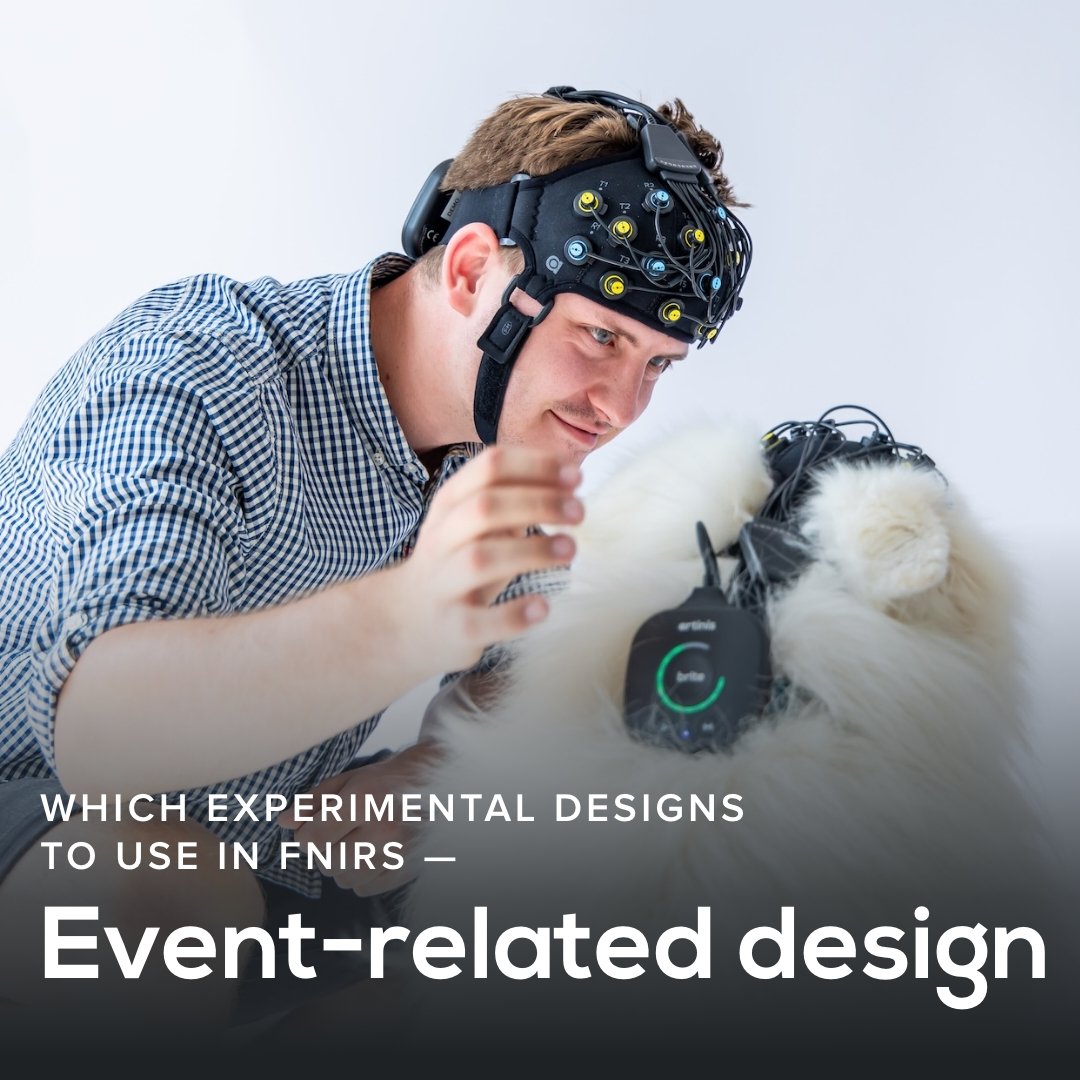
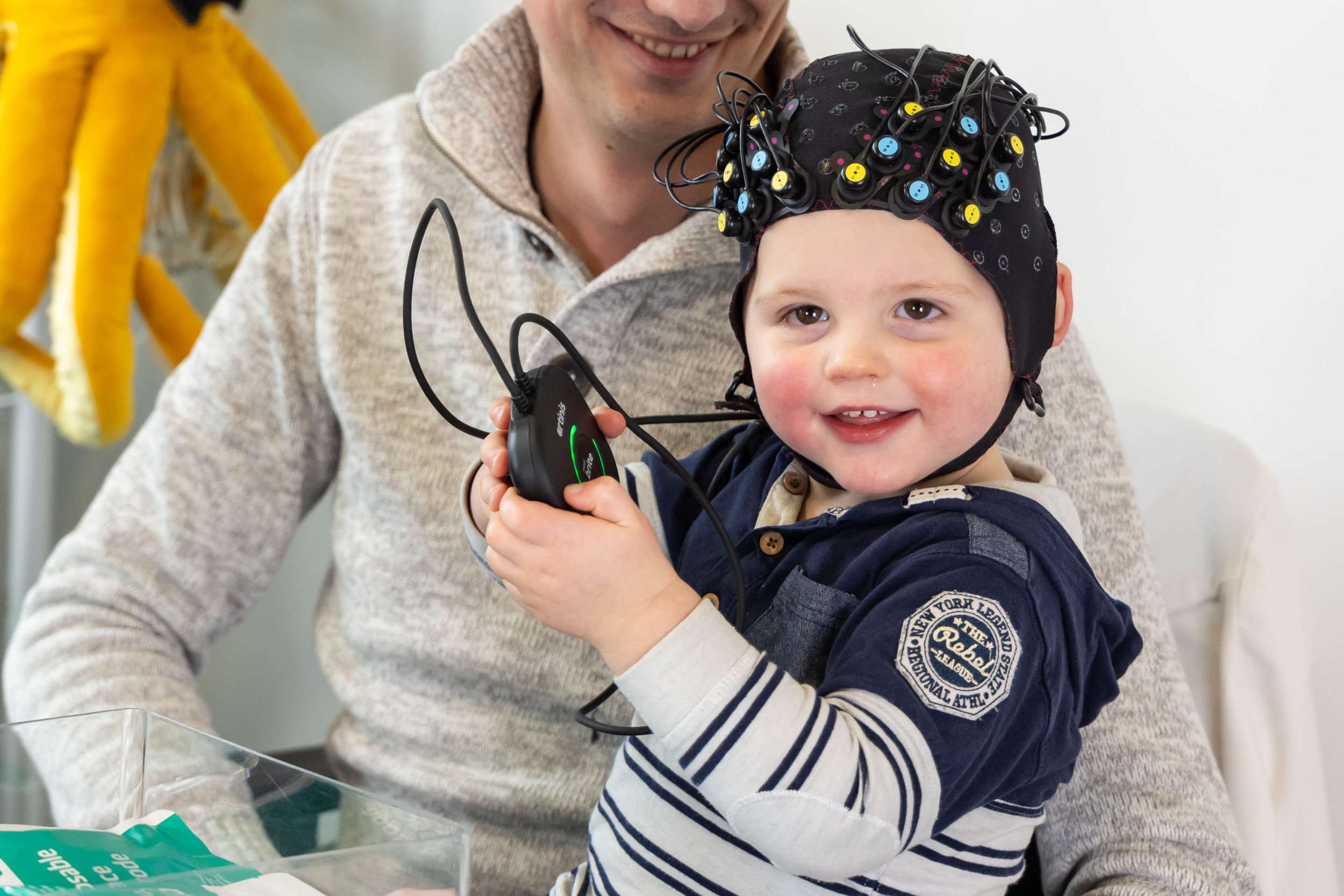
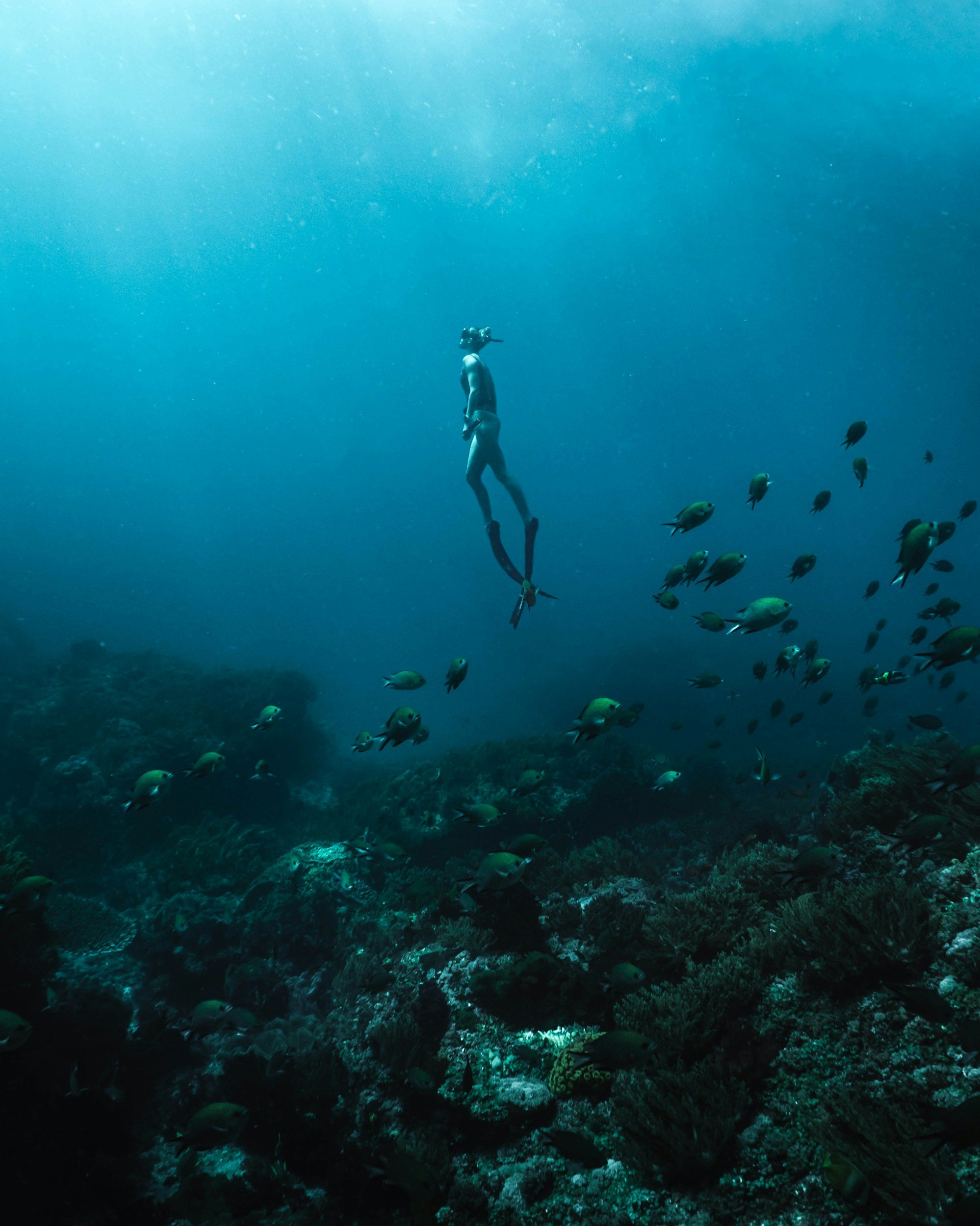
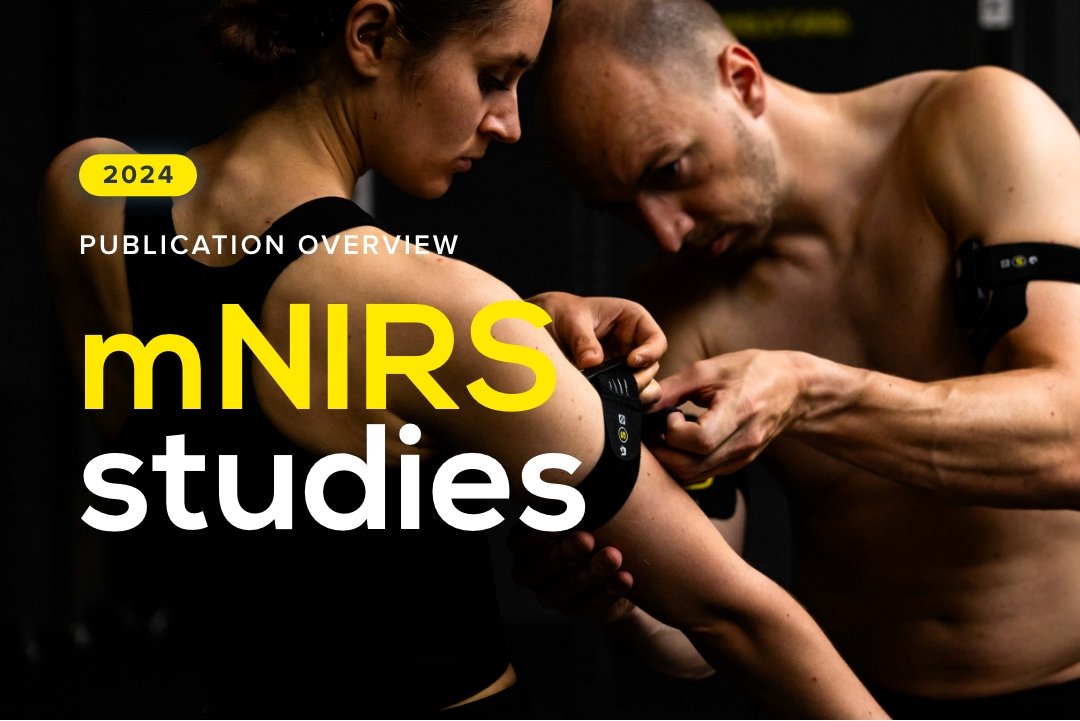
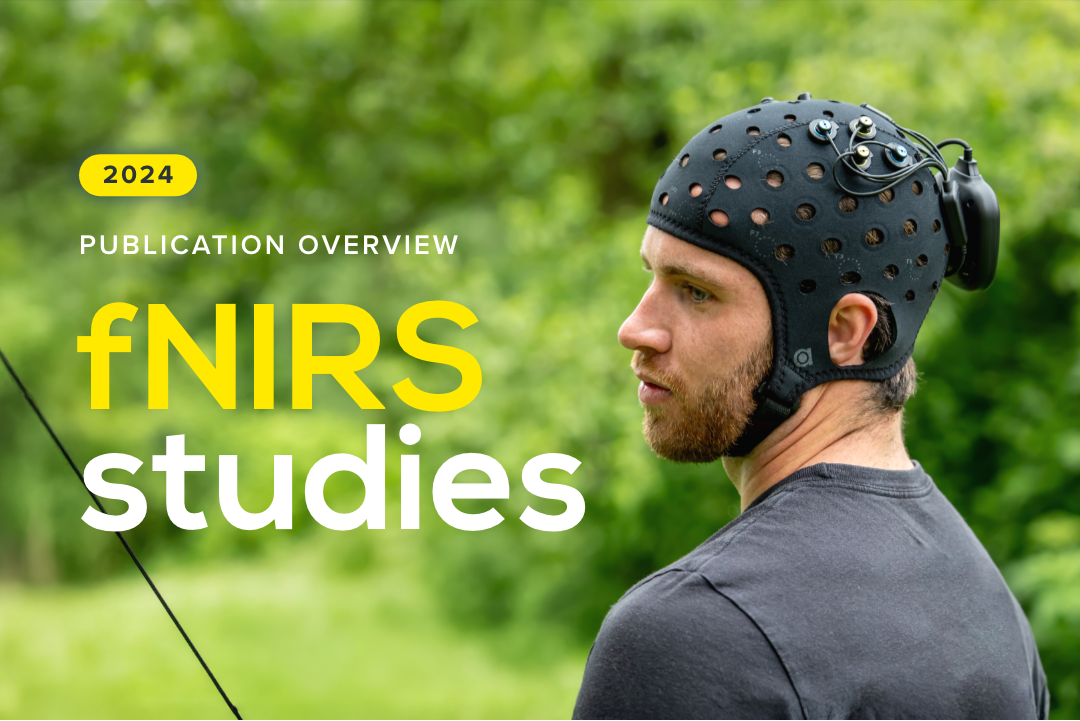
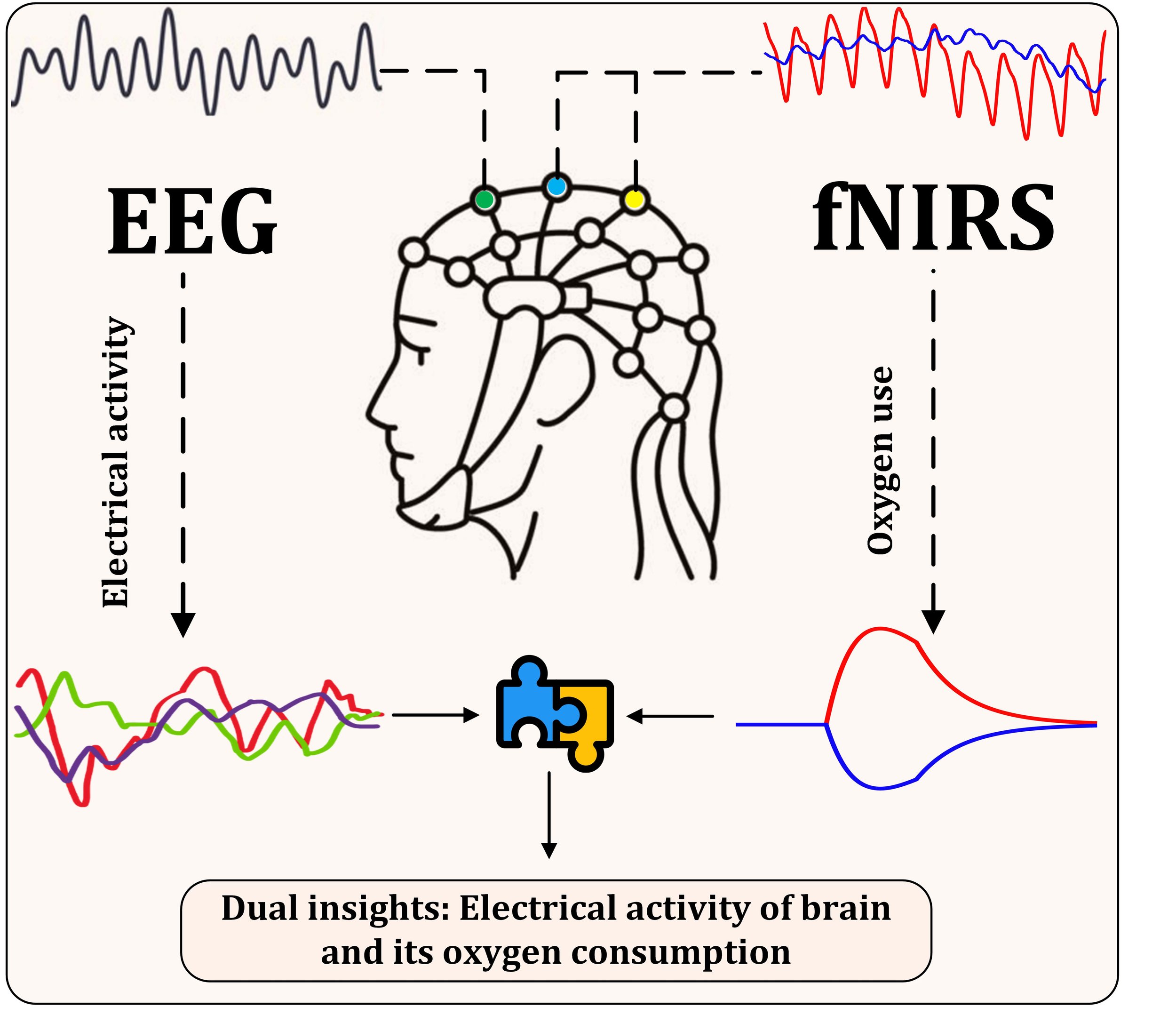
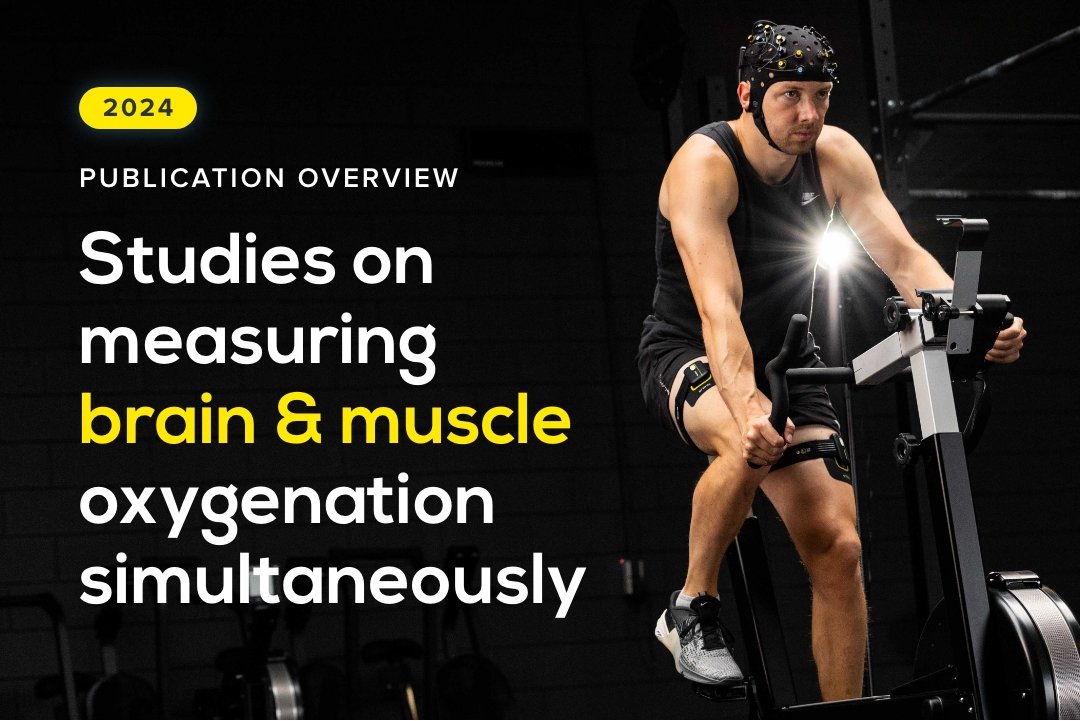
Due to its portability and ease of use, fNIRS is applied in a variety of research fields, especially in study designs involving movement. Although fNIRS is relatively insensitive to motion artefacts, they still can occur and might influence signal quality. In this first part of our blogpost series on motion artefacts in NIRS, we explain what movement artefacts are and how they can be recognized.